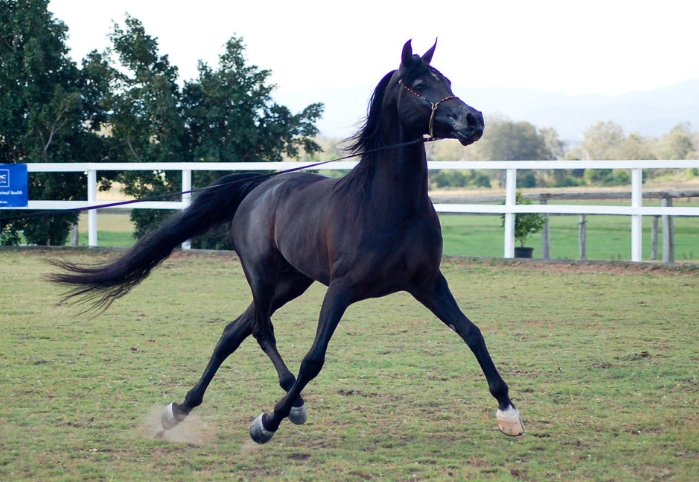The Arabian Peninsula is a land of mystique and wonder, with a rich history and culture that dates back thousands of years. One particularly fascinating aspect of this region is the presence of the majestic Big Arabian, a breed of horse that is revered for its beauty and elegance.
Exploring the Origins of the Big Arabian
The Big Arabian horse is descended from the ancient Arabian breed, which has been prized for its speed, endurance, and intelligence for centuries. The Arabian Peninsula has long been known as the birthplace of this remarkable animal, and the Big Arabian is a shining example of the breed’s excellence.
A Closer Look at the Big Arabian’s Characteristics
The Big Arabian is known for its distinctive appearance, with a refined head, high tail carriage, and graceful stance. These horses are typically medium to large in size, with strong, muscular bodies that make them well-suited for a variety of tasks.
In addition to their physical attributes, Big Arabian horses are also known for their intelligence and gentle temperament. They are highly trainable and responsive, making them excellent companions for equestrians of all levels.
Exploring the Role of the Big Arabian in Arabian Culture
The Big Arabian holds a special place in Arabian culture, where horses are revered for their beauty and grace. These animals have long been a symbol of wealth and status in the region, and have played a significant role in the history of the Arabian Peninsula.
Today, the Big Arabian continues to be a beloved and highly sought-after breed, with enthusiasts from around the world admiring their beauty and agility. Whether they are competing in equestrian events or simply enjoying a leisurely ride, these horses are sure to captivate all who encounter them.
In conclusion, the Big Arabian is a true treasure of the Arabian Peninsula, showcasing the beauty and grace of this remarkable breed. With their impressive characteristics and rich cultural significance, these horses are a testament to the majesty of the region and its storied history.



